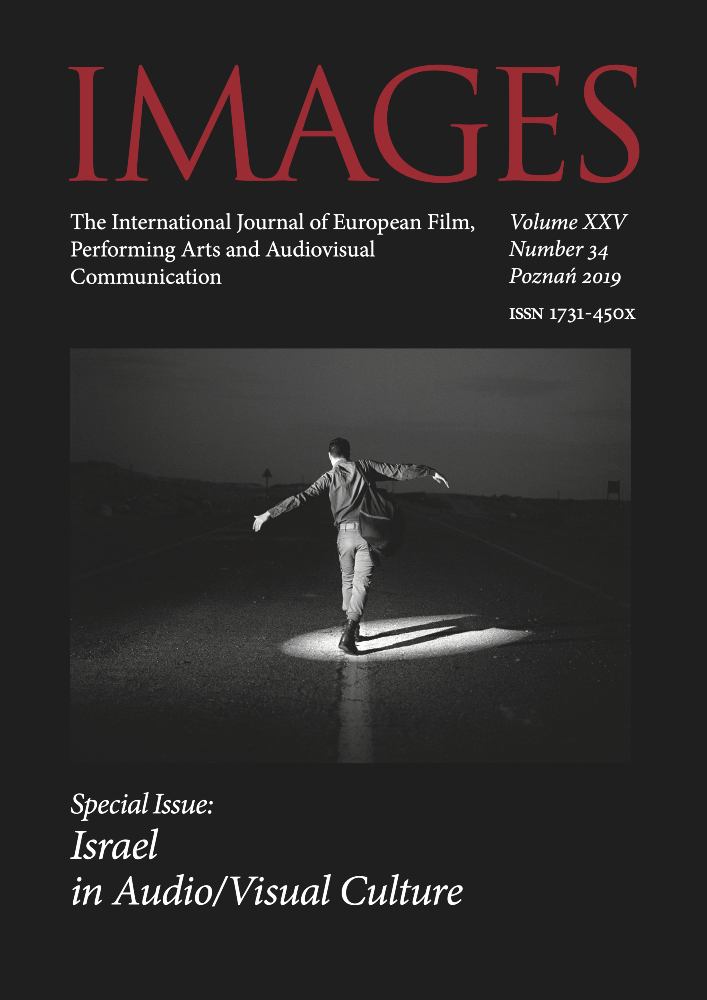Abstrakt
Borowiecki Artur, Neoserial, serial premium czy post soap opera? W poszukiwaniu wyznaczników dla seriali nowej generacji [Neo series, premium series or post soap opera? In looking for characteristics of the new generation TV series]. “Images” vol. XXV, no. 34. Poznań 2019. Adam Mickiewicz University Press. Pp. 163–171.
ISSN 1731–450X. DOI 10.14746/i.2019.34.11.
Modern television series are a product of quality television and thus significantly differ from the models that have been deeply rooted in serial culture since the very beginning of the media’s existence. In the past, television formats were thematically subject to the requirements of television broadcast programming. They were characterized by five-act structures, with climaxes forced by television stations to occur before subsequent commercial breaks. At that time, the dominating category constituted series with an episodic structure closed within one episode. This resulted in the appearance of the currently widespread procedurals. Nonetheless, the three-act structure of sitcom plots dominates nowadays, in the post-network era. Another significant feature of the post soap is its narrative complexity (Mittell), which, in addition to formal procedures, often uses quotes, and autotematic references. The purpose of this article is to analyze the narrative complexity of new generation TV series, called “post soap”. A new genre of TV series has been examined through the examples of a popular show: Ślepnąc od świateł (2018).
Bibliografia
Bal M., Narratologia. Wprowadzenie do teorii narracji, przekł. zesp. pod red. E. Kraskowskiej i E. Rajewskiej, Kraków 2013
Bucknall-Hołyńska J., Czy współczesne seriale spełniają kryteria kultury wysokiej?, „Teologia Polityczna”, <https://teologiapolityczna.pl/justyna-bucknall-holynska-czy-wspolczesne-seriale-spelniaja-kryteria-kultury-wysokiej-tpct-46-> [dostęp: 3.01.2018].
Feuer J., HBO i pojęcie telewizji jakościowej, tłum. D. Kuźma, [w:] Zmierzch telewizji? Przemiany medium. Antologia, wyb. i red. T. Bielak, M. Filiciak, G. Ptaszek, Warszawa 2011
Feuer J., Narrative form in American Network Television, [w:] High Theory/Low Culture, red. C. MacCabe, Manchester 1986
Field S., Screenplay Foundations of Screenwriting, New York 2005
Filiciak M., TV czy nie-TV?, [w:] Post-Soap: nowa generacja seriali telewizyjnych a polska widownia, red. M. Filiciak, B. Giza, Warszawa 2011
Lewandowska Z., Złożoność współczesnego serialu telewizyjnego na przykładzie Breaking Bad Vince’a Giligana, „Images” 2015, nr 25, s. 44.
Lewicki A., Od House’a do Shreka. Seryjność w kulturze popularnej, Wrocław 2011
Mittell J., Complex TV. The Poetics of Contemporary Television Storytelling, New York 2015
Mittell J., Narrative Complexity in Contemporary American Television. “The Velvet Light Trap: A Critical Journal of Film and Television”, 2006, no. 58
Mittell J., Złożoność narracyjna we współczesnej telewizji amerykańskiej, tłum. D. Kuźma, [w:] Zmierzch telewizji? Przemiany medium. Antologia, red. T. Bielak, M. Filiciak, G. Ptaszek, Warszawa 2011
Newman M., From beats to arcs: Toward a poetics of television narrative, „The Velvet Light Trap: A Critical Journal of Film and Television”, 2006, nr 58
Thompson K., Storytelling in Film and Television, Cambridge 2003
Thompson R., Television’s Second Golden Age: From Hill Street Blues to ER, New York 1997
Licencja

Utwór dostępny jest na licencji Creative Commons Uznanie autorstwa – Użycie niekomercyjne – Bez utworów zależnych 4.0 Międzynarodowe.
